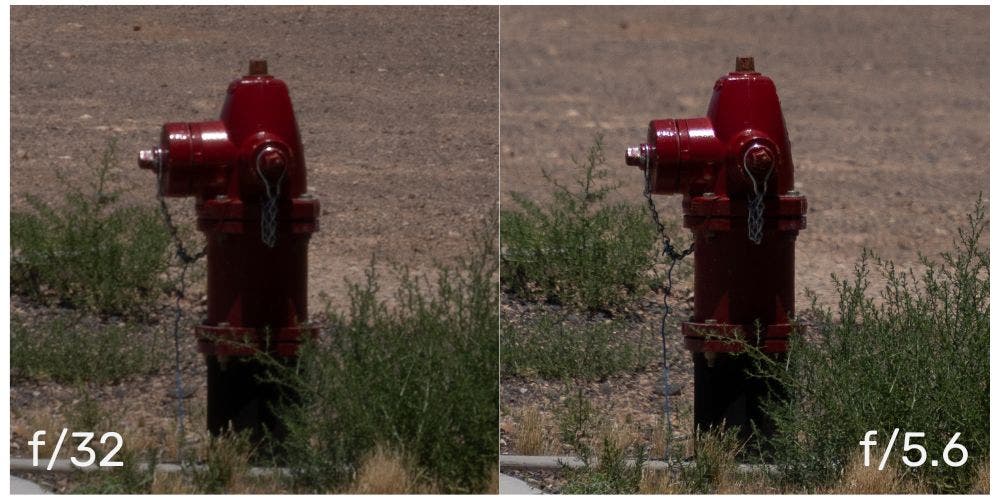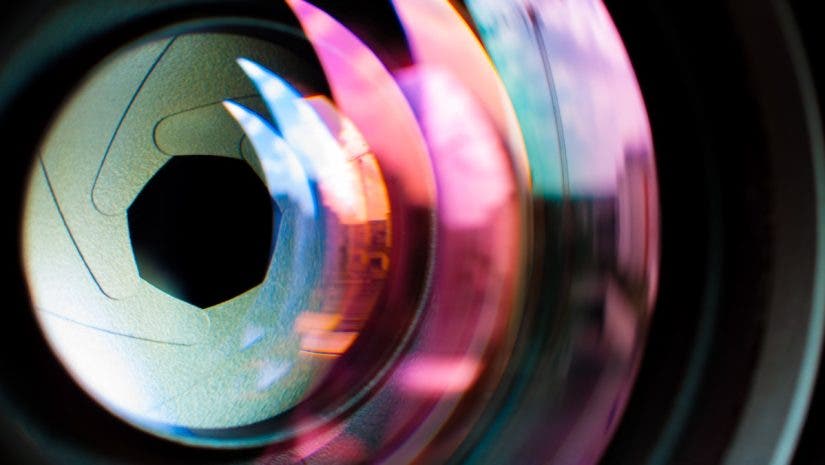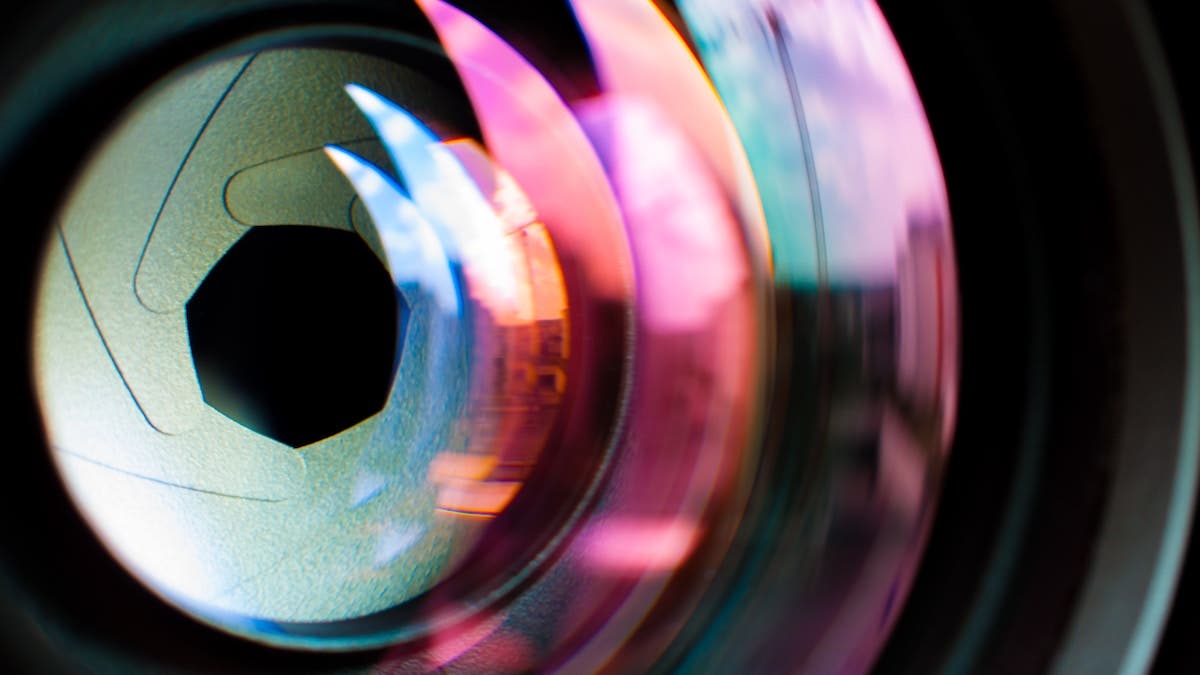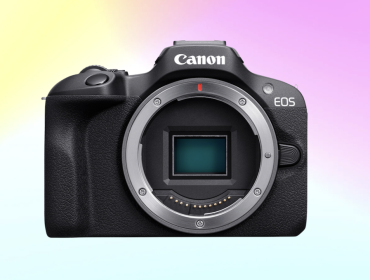Image quality is certainly a hot topic and an important aspect to your photography. There are seemingly endless hurdles that can create low quality images. Between dust spots on the lens, moisture, poor focus, and all different sorts of lens aberrations, you need to be paying close attention to capture the highest quality images. One of the most misunderstood, or overlooked, ways that your image quality can suffer is through lens diffraction. In this article, we’ll be unpacking what lens diffraction is and how you can avoid it in your own photos.
What is Lens Diffraction?
If you’ve been a photographer for long, you’ve likely encountered lens diffraction even if you didn’t know it. As photographers, oftentimes we will lower the aperture in order to capture a whole scene focused in a single image. These smaller apertures can also be used to allow a longer shutter speed in scenarios when you want to let less light into the camera’s sensor. Be aware that the more you close the aperture, the more your image quality will suffer. Your images will become less sharp and you may even run into other optical issues. The process of losing image quality as you close the aperture down is known as lens diffraction.
How Does Airy Disc Affect Lens Diffraction?
The way an airy disc works is simple. A point of light hits the sensor of your lens. That particular point of light is surrounded by rings or shadow artifacts. The further you stop the aperture down, the larger the airy disc will be. The more airy discs present, the more diffraction you will see in your image. Since each airy disc can overlap one-another, you will see the most severe diffraction when your aperture is the most closed down. This is obviously something you want to avoid as a photographer.
What Causes Lens Diffraction?
If you didn’t already know, adjusting the aperture of your lens either opens or closes the aperture blades, leaving a larger or smaller hole for light to travel through the lens to hit your sensor. When your aperture is closed down (higher number), the hole is much smaller. Different wavelengths of light can bend and interfere with each other, causing diffraction in your images.
The smaller the opening in the lens, the more diffraction you can expect to occur. The more you stop the aperture down, the more severe the lens diffraction will be. Lower quality lenses may experience worse lens diffraction. High megapixel cameras can experience lens diffraction at lower aperture settings than cameras with lower megapixel sensors. This is because the higher resolution sensors are more likely to have airy disks that overlap, creating diffraction on your images. While high megapixel counts can be beneficial for large prints and cropping your images, they may show off more diffraction when viewed at a large scale.
No amount of money can buy a lens that is completely void of diffraction. In order to get rid of diffraction, a camera lens would need to be giant, which obviously wouldn’t work on a handheld camera. The best thing you can do to avoid diffraction is to find the sweet spot of your lens (more on this below).
How Diffraction Will Affect Your Photography
While more diffraction will be present at higher apertures, you’ll usually have to zoom in to see the difference. Usually what diffraction looks like is just a subject that is lacking in clarity and contrast. On most high quality lenses, you can expect the difference to be noticeable when you zoom in, but the diffraction is generally not so bad that the image is considered unusable. Let’s take a look at an example.

On the left, we have an image (1,000% zoom) shot at f/32, while the image on the right was shot at f/5.6. The focus was set manually and did not move between the two shots. Notice how the photo shot at f/5.6 appears much sharper. The photo shot at f/32 is in focus, but almost appears fuzzy due to the diffraction of the lens. It is important to note that this is a zoomed-in part of a much larger image, and the differences can’t be seen clearly without greatly zooming in. These photos were shot on the Sony Alpha a7R IV (61 megapixels) and a Tamron 28-200mm f2.8-5.6 at 200mm.
How to Avoid Lens Diffraction
In order to avoid diffraction and capture sharper images, there are a few precautionary measures photographers can take. First, try to avoid shooting with the aperture stopped down to the maximum. Ideally, you can find the sweet spot of your lens, otherwise known as the spot where the lens is the sharpest. Each and every lens will be different, but this is generally between f/5.6 and f/8 on most lenses.
In order to find the sweet spot for your particular lens, use a tripod and take a photo of a high contrast object in aperture priority mode at all of the apertures. Then, upload your photos to the computer and zoom in and compare. It should be obvious which apertures are not sharp at all, but may take some more careful consideration to find the absolute sharpest aperture.
While you may not always be able to use the absolute sharpest aperture on your lens to avoid diffraction, know that it is okay to go outside of that sharpest aperture. The differences between the sharpness at each aperture is certainly noticeable when zoomed in. But if you’re just looking for photos to post online and on social media, you likely won’t be able to notice the difference.
If you want to get more of the scene sharp and in focus, you may need to consider doing a technique such as focus stacking. This method requires you to take multiple images at different focus points and blend them together in post processing.
Conclusion
Learning the sharpest aperture for each of your individual lenses is an excellent way to ensure your images will be free of as much diffraction as possible, but you may have to compromise when adverse light or shooting conditions exist. Most importantly, just know that the closer you get to the minimum aperture, the more diffraction you will see. When in doubt, shoot between f/5.6 and f/8 in order to get the highest quality images with the least diffraction.






